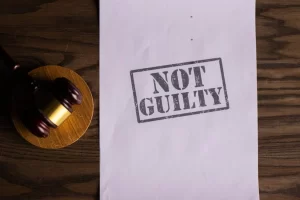Wrongful Execution
One of the primary arguments of people who oppose the death penalty is the possibility that innocent individuals may be put to death for crimes they did not commit.
Since 1992, fifteen prisoners on death row have been set free when newly discovered evidence has exonerated them. For many, this indicates a possibility that more death row inmates can be proven innocent over time. Modern advances in DNA studies have allowed scientists and law enforcement agencies to better determine the responsible party in a particular crime in many cases. Capital punishment opponents believe that no person should be put to death because, in time, DNA or other pertinent evidence may absolve them of guilt.
Several people are thought to have been wrongfully executed. In 1950, a man named Timothy Evans was executed for murdering his daughter. Three years later, authorities discovered that another man, who rented a room from Evans, was a serial killer and actually responsible. A fire started by an arsonist in 1991 was blamed on Cameron Willingham. Three of his daughters perished in the fire, and Willingham received the death penalty. Willingham was executed in 2004, but since then, evidence originally said to prove his guilt has been shown to be inconclusive. Although his innocence cannot be proven, if he had not been put to death, the case might have been reopened and he may have been found not guilty after an appeal.
One of the most well known cases of possible wrongful execution involves Jesse Tafero, a man accused of murdering two police officers. There were two accomplices involved in the incident, Walter Rhodes and Sonia Jacobs. Rhodes testified against the other two in exchange for a light prison sentence. He later admitted that he was the only responsible party in the slayings, but even with the new testimony, Tafero was put to death. It took two years for a review of Jacobs’ case to take place, and afterwards she was set free. It is widely believed that Tafero would also have been set free were he still alive for an appeal.


